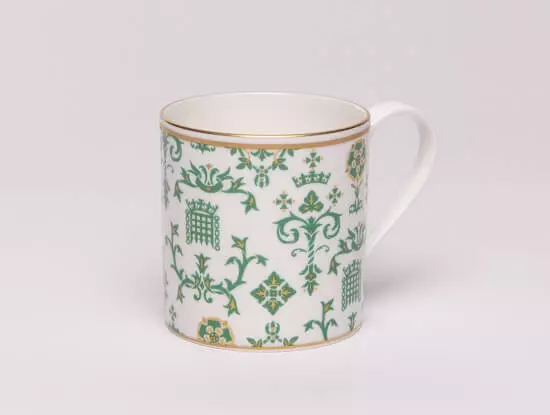

Curator / Ronald Fu
Updated at 2024-10-09
Preface
Patterns are unique symbols, showcasing the characteristics of different cities.
Patterns feature historical context, narrating the stories of different times.
Patterns exhibit vibrant tones, radiating the brilliance of different eras.
Meaning often exists in seemingly random patterns, encapsulating the characteristics of different ethnicities. From bamboo weaving to ceramics and silverware, engraved patterns represent the footsteps of a city. Let's explore the beauty of culture through a kaleidoscope of intersecting lines.
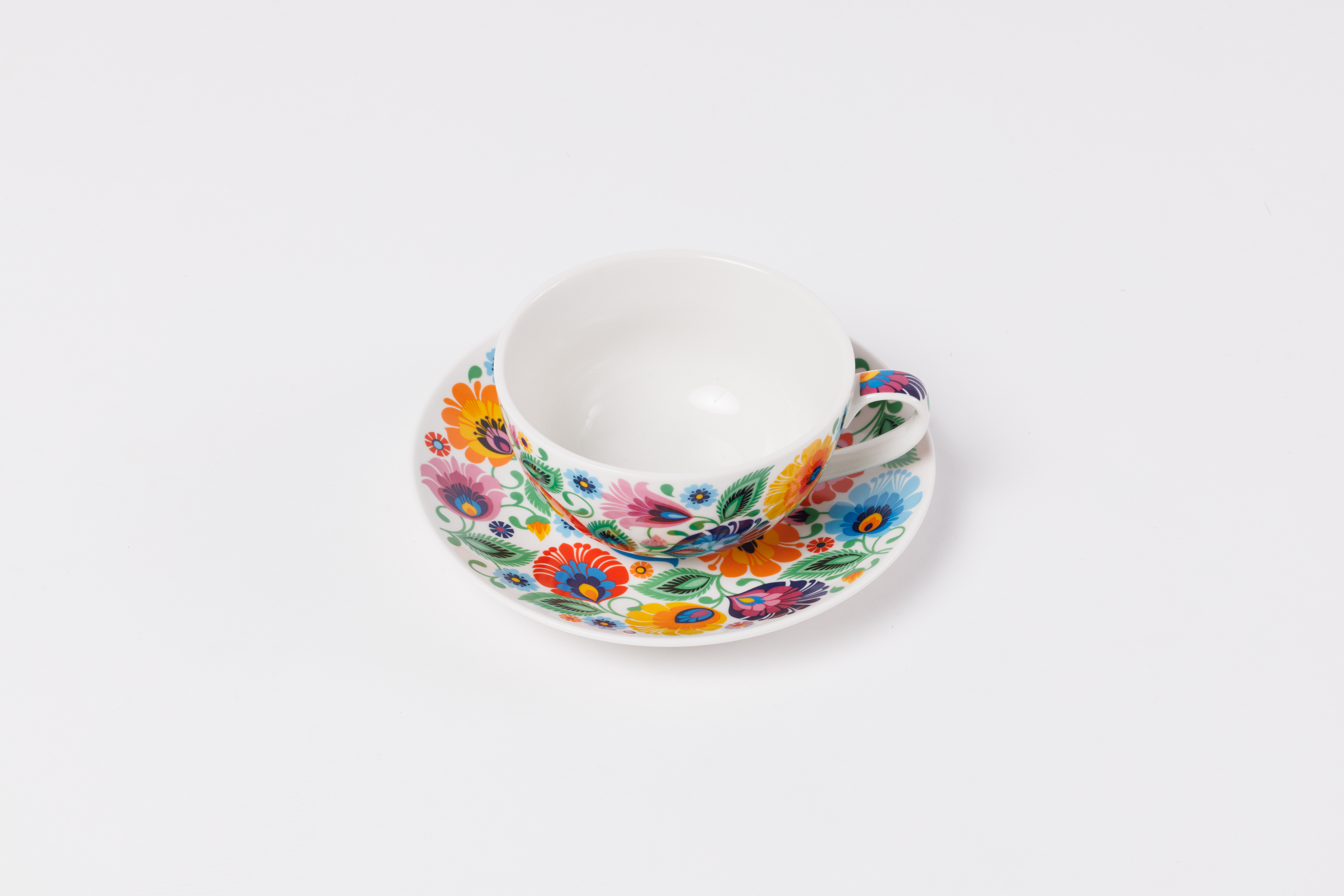
Polish Pottery Cup
A distinction of Polish pottery, also known as Polish hand-painted ceramics, is the use of durable white clay. Each piece of pottery is hand-painted, resulting in unique patterns and colors for each item. The art of Polish pottery demands immense time commitment and concentration. Each piece is meticulously hand-crafted, often featuring simple yet colorful lines and dots or floral designs that manifest the artists' perspectives and preferences. Prices can vary depending on the complexity of the patterns. In fact, Polish pottery is not valued solely on the size of the item; instead, price tags reflect the amount of time invested in creation. More intricate patterns require more time and effort to create, making them relatively more expensive.
Gifted by Cyryl Jacek Kozaczewski, Representative, Polish Office in Taipei
<See more details "Polish Pottery Cup">
.jpg)
Turkish Coasters
Turkish people often dress conservatively as part of their religion. Over time, more people have incorporated colors and patterns into their attire to express personal style. Traditionally, Turkish silks and blankets are embroidered with religious symbols and patterns. Therefore, designs carry a sense of solemnity. In addition to embroidery, natural plant dyes are also used to embellish marble and paper with uniquely colorful tones and patterns.
Gifted by Muhammed Berdibek, Representative, Turkish Trade Office in Taipei
<Read More "Turkish Coasters">
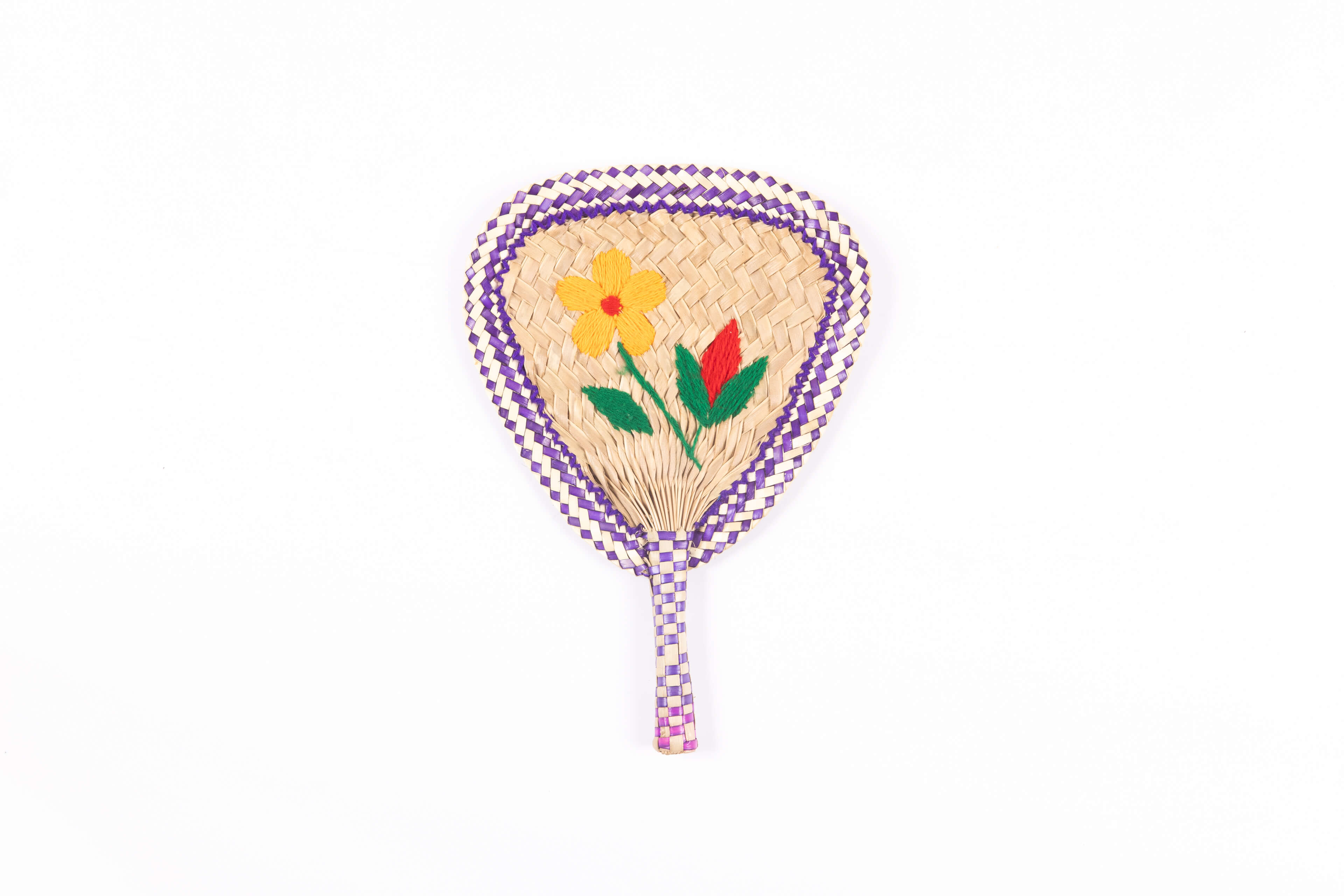
Fan
The frangipani symbolizes hope, revival, and new beginnings. It is also the national flower of the Republic of Kiribati. The frangipani is a yellow flower with an outward transition to milky white, portraying hope within tranquility. Flowers often serve as a natural means of expressing emotions. The fan in the picture features simple lines weaved into an image of two frangipani flowers, conveying a pure and elegant aesthetic without excessive embellishment.
Gifted by Tessie Lambourne, Kiribati Ambassador Extraordinary and Plenipotentiary to Taiwan
<Read More "Fan">
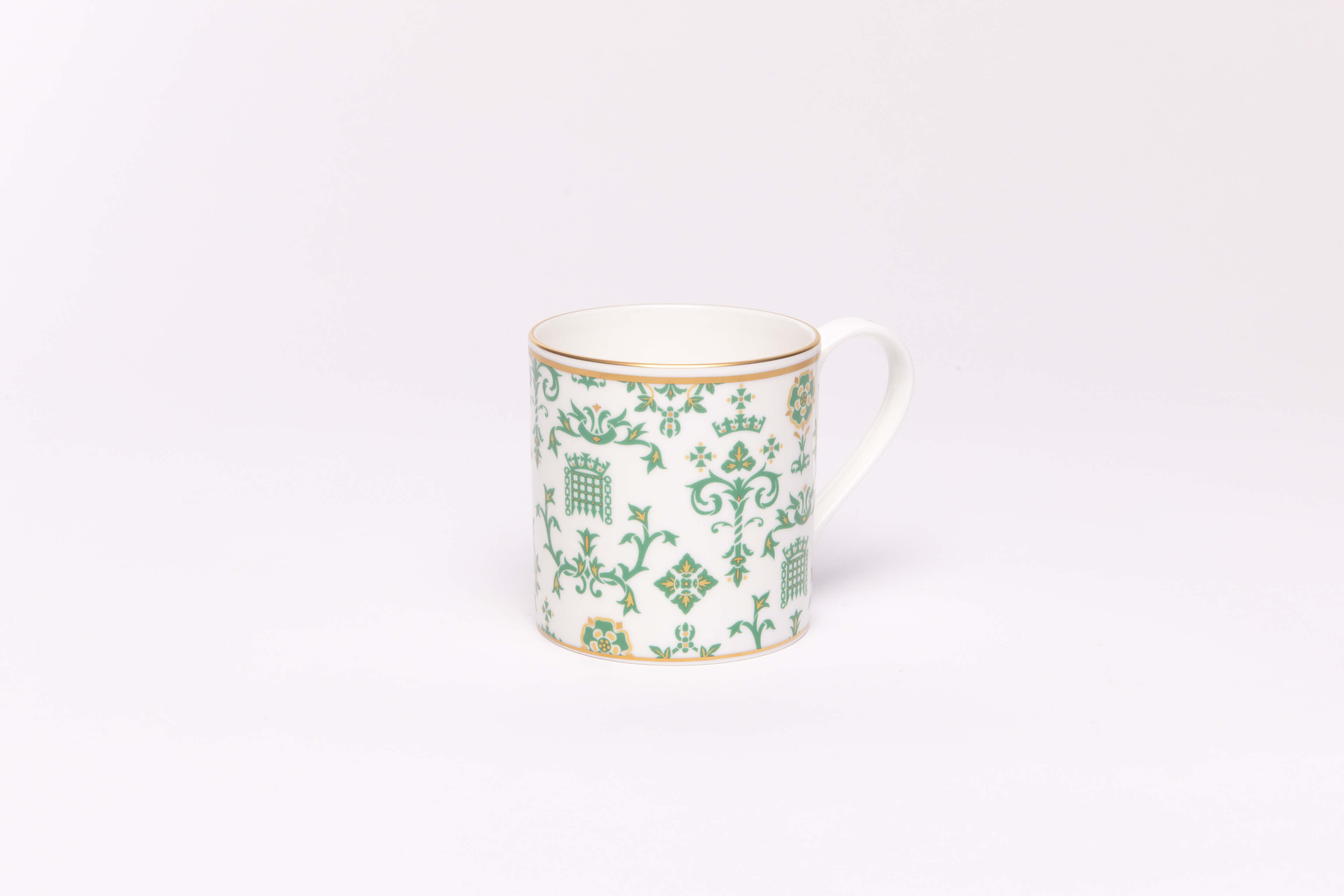
United Kingdom House of Commons Cup
The pattern on the mug bears the symbolic emblem of the British Parliament. At the top is the crown, symbolizing the coronation of the monarch, and below is the gate of the castle. Both the House of Commons and the House of Lords use the castle emblem, with differences in color and detail. Common colors include black, white, and green, with green representing the House of Commons. To maintain the solemn and noble image of Parliament, crown patterns are generally placed at the top, emphasizing that Parliament is a symbol of the aristocracy.
Gifted by Nigel Evans, President, British-Taiwanese All Party Parliamentary Group, UK House of Commons
<Read More "United Kingdom House of Commons Cup">
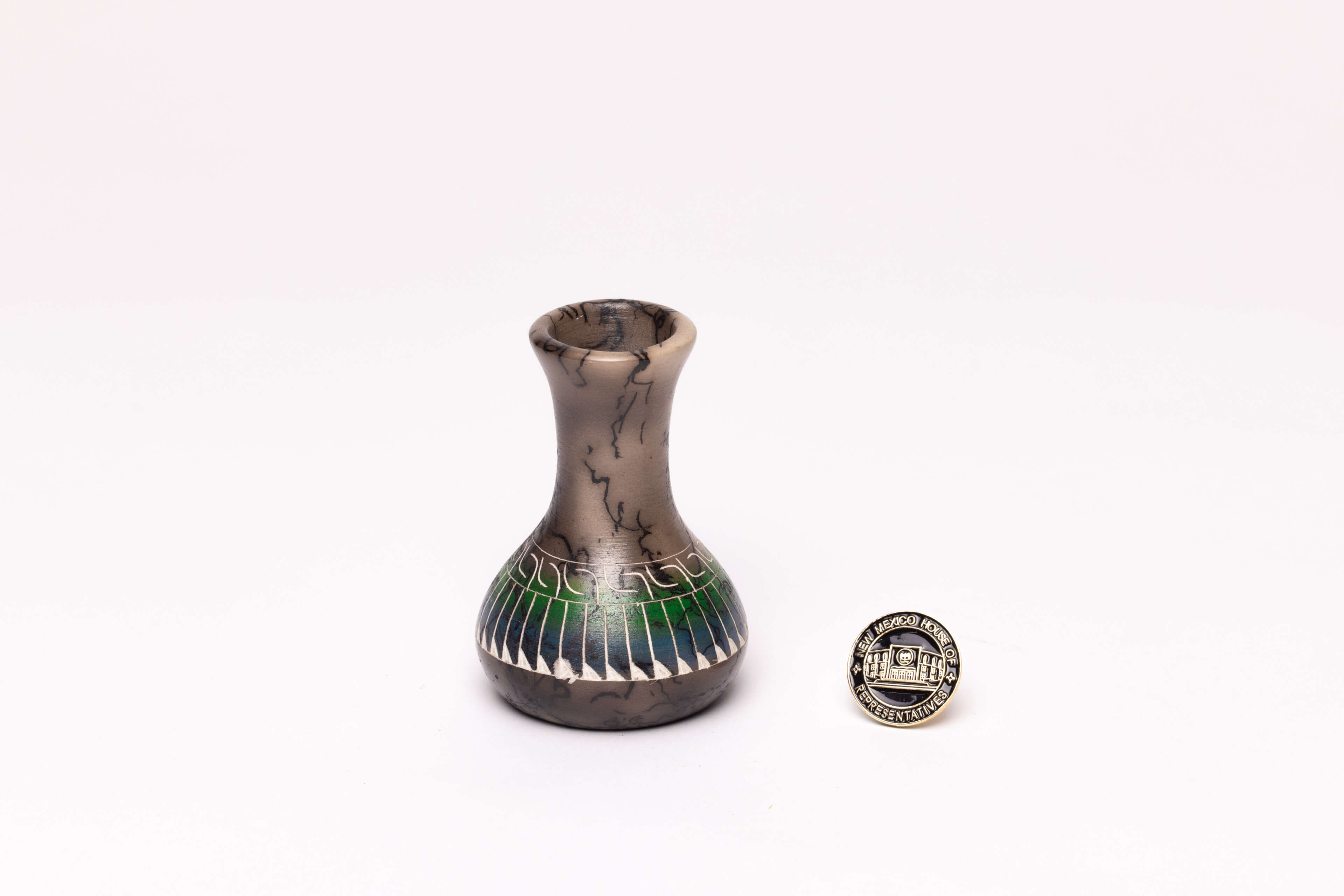
Native American Ornament of New Mexico
New Mexico's rich Native American tradition predates its statehood, and local arts such as weaving, pottery, silverwork, carving, and Kachina dolls have been passed down for centuries. Among these, pottery stands out as a medium that carries the traditions of the native people. Materials used in creation and decoration are all sourced locally, such as clay and natural pigments derived from native plants. All processes are completed by hand, resulting in one-of-a-kind artwork that retains the natural tones and lines associated with the artistry, history, and cultural heritage of the native people.
Gifted by Andrés Romero, Senator, New Mexico
<Read More "Native American Ornament of New Mexico">
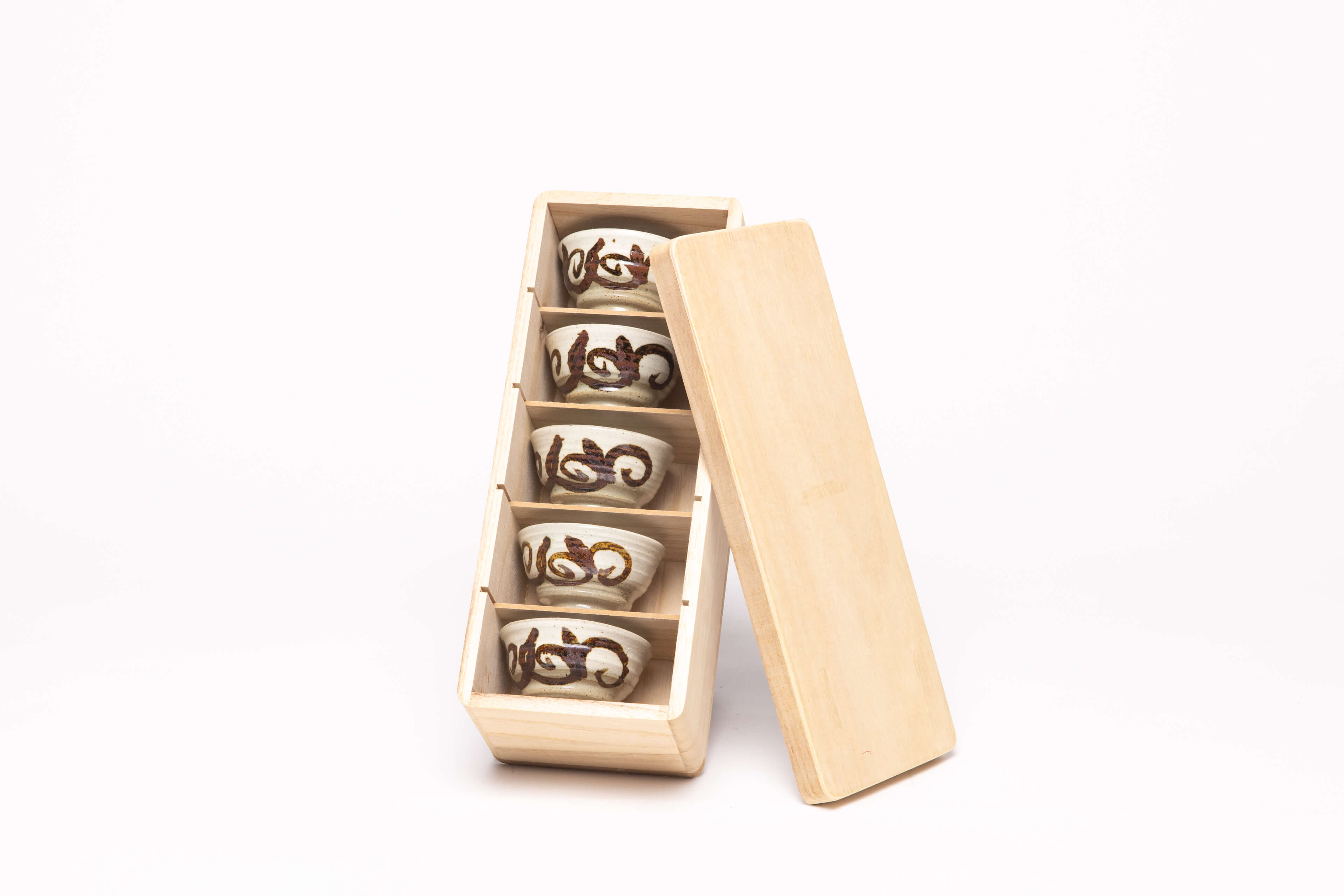
Gyeryongsan Iron Pigment Buncheong Ware
The Korean Peninsula is home to two major types of ceramics: Buncheong ware and Joseon white porcelain. Buncheong ware is primarily made from green-gray clay, often coated with slip, a finer cream-colored clay. Various techniques are employed to create patterns and shapes on the surface. The techniques for Buncheong ware include inlay, stamping, carving, incising, iron painting, brushing, and dusting. Patterns created using iron painting appear in shades of yellow and brown. The patterns on each piece of ceramic are formed through the firing process, resulting in unique shapes, colors, and lines.
Gifted by Yang Seung-jo, Governor, South Chungcheong Province
<Read More "Gyeryongsan Iron Pigment Buncheong Ware">
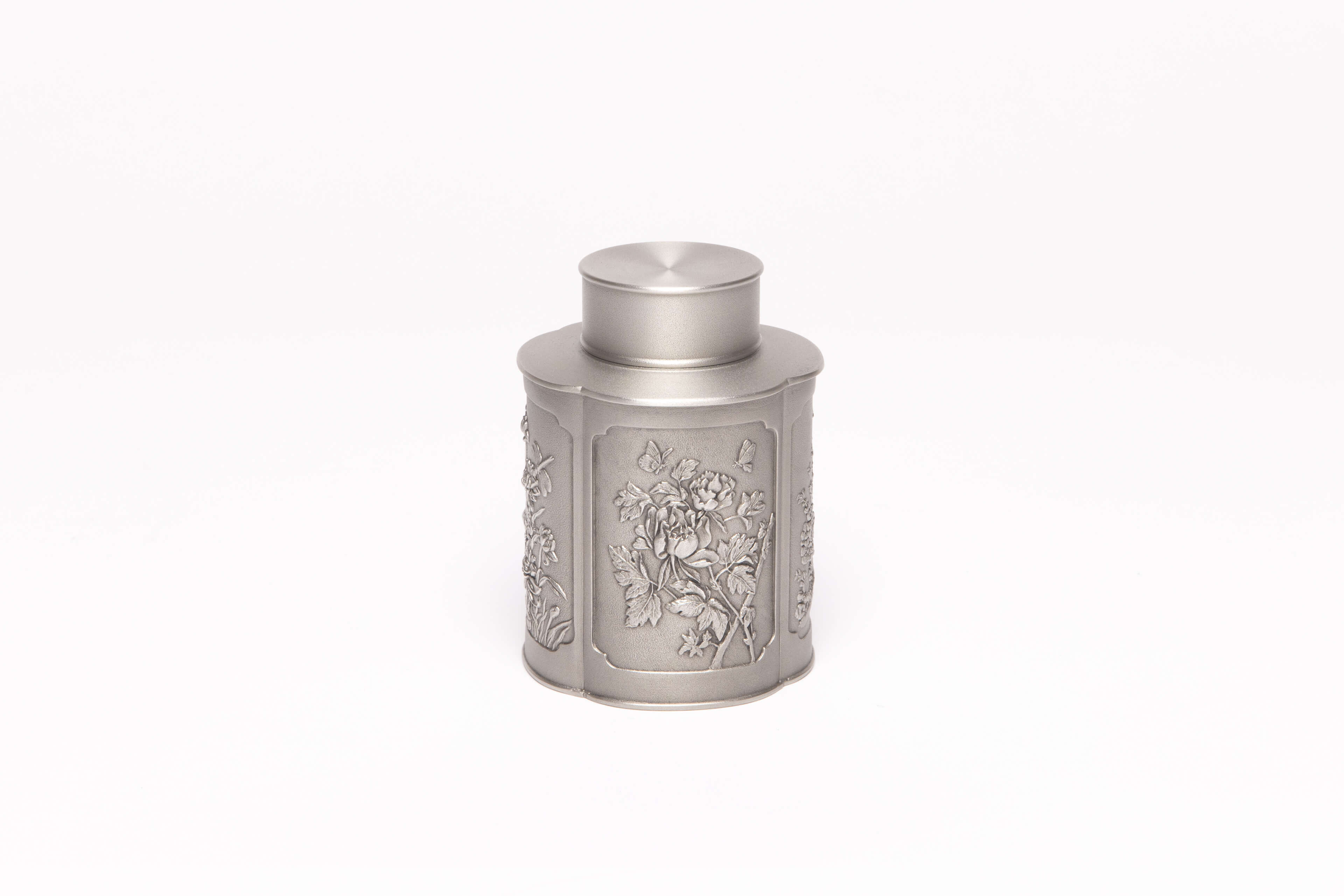
Royal Selangor Pewter Ware
Royal Selangor was granted a royal warrant by the Sultan of Selangor. The brand has a history spanning over one hundred years, making traditional candle holders for China and ashtrays for the British. Today, the brand also markets tea cups and tea canisters. Due to the high malleability of tin, tin products are extremely diverse in variety and design. Royal Selangor captures the essence of spring, summer, autumn, and winter on its tea canisters through the depiction of plum blossoms, lotus flowers, peonies, and chrysanthemums, seemingly taking the bearer through all four seasons in an instant.
Sharon Ho Swee Peng, President, Malaysian Friendship and Trade Centre Taipei
<Read More "Royal Selangor Pewter Ware">
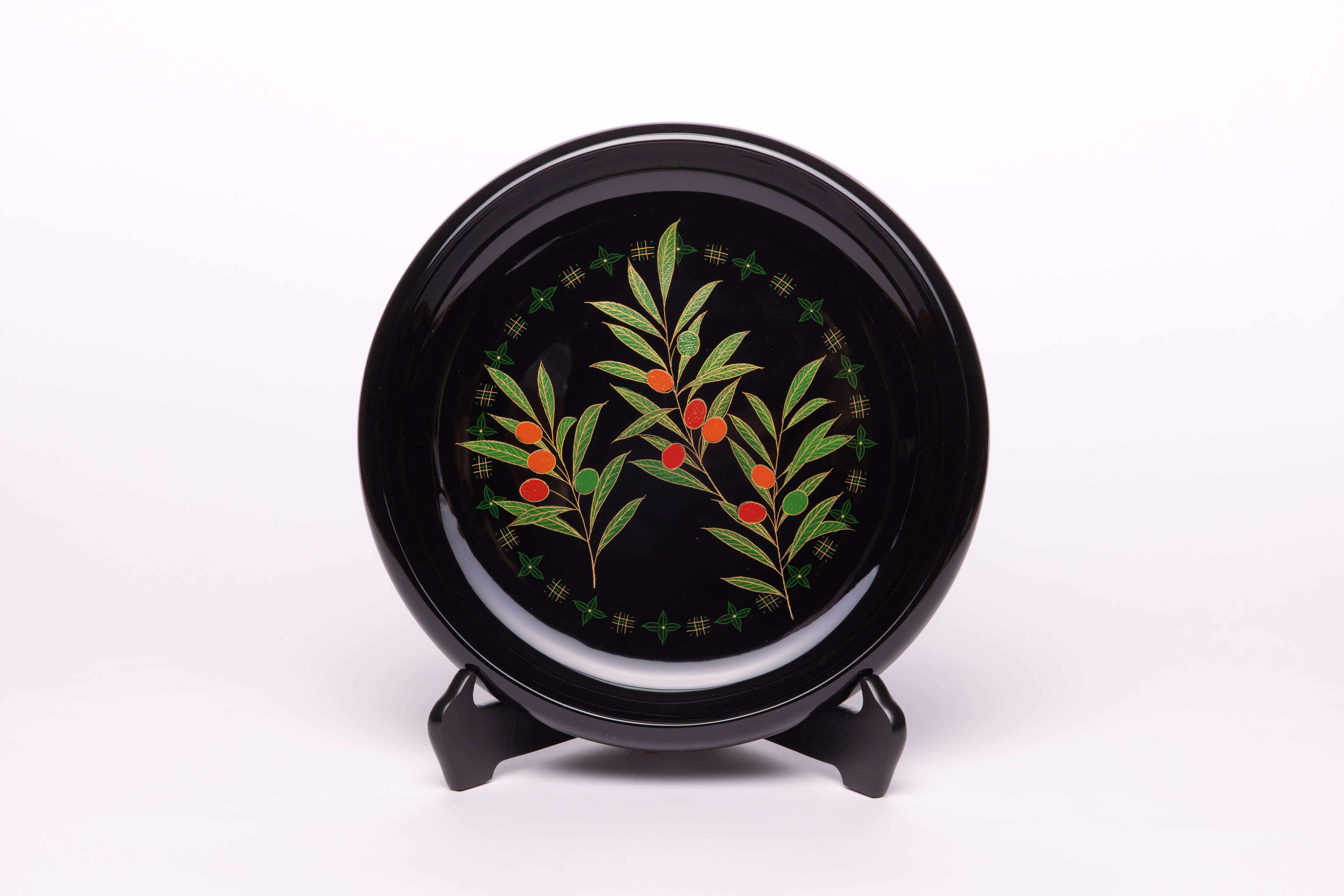
Lacquerware - Kinma/Zonsei Plate
The world-renowned Kagawa lacquerware employs various techniques to showcase its artistry, including kinma, zonsei, choshitsu, goto-nuri, and zokoku-nuri. The piece in the picture was crafted using kinma and zonsei, featuring carved patterns using a carving knife. Gold powder or pigment is then applied to the carved traces, highlighting the appearance of the patterns. The patterns on the large tray are not overly adorned; instead, they use simple lines to depict the purest form of plants. The irregular edges and uneven application of pigments, rather than detracting from the piece, emphasize the preciousness of handmade craftsmanship and easily convey the essence of natural art.
Gifted by Moriyasu Kamada, Chairman, Tourism Council of Representatives, Kagawa Prefectural Assembly
<Read More "Lacquerware - Kinma/Zonsei Plate">
Related

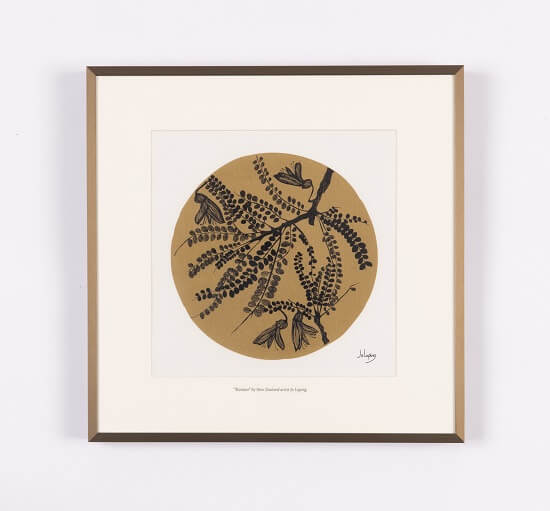
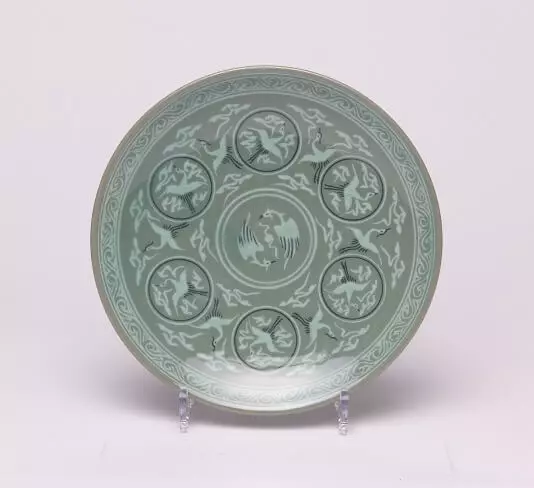
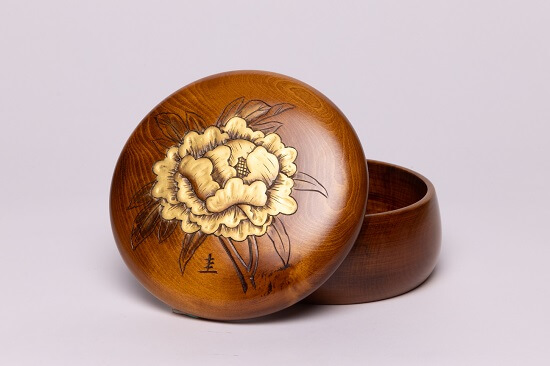
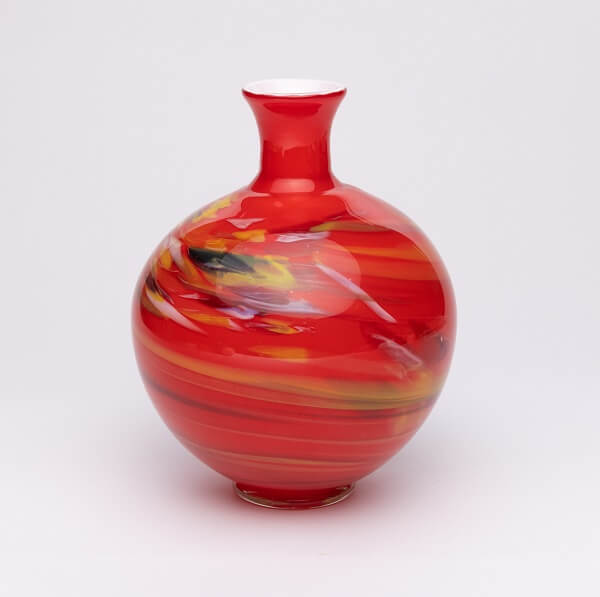
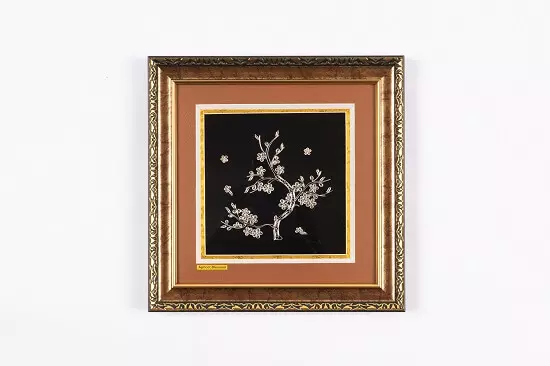
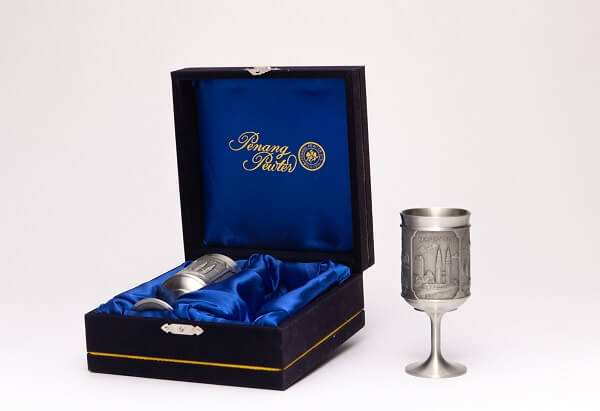
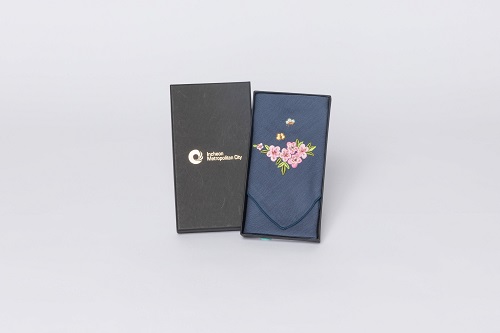
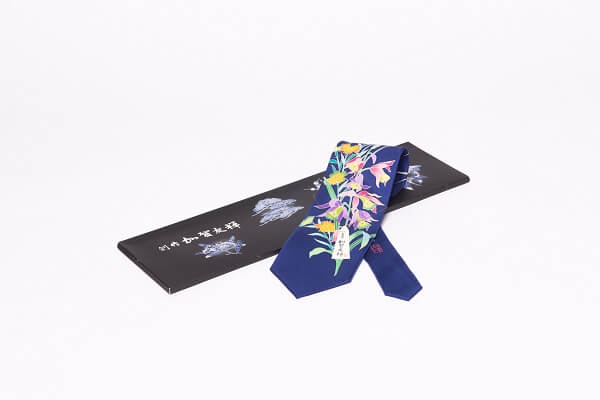
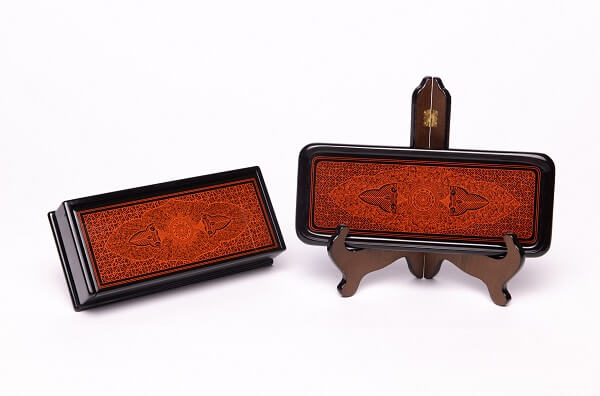
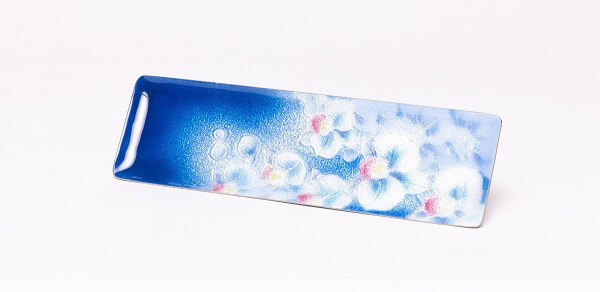
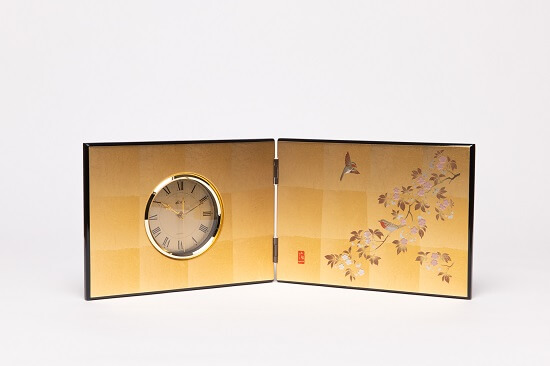
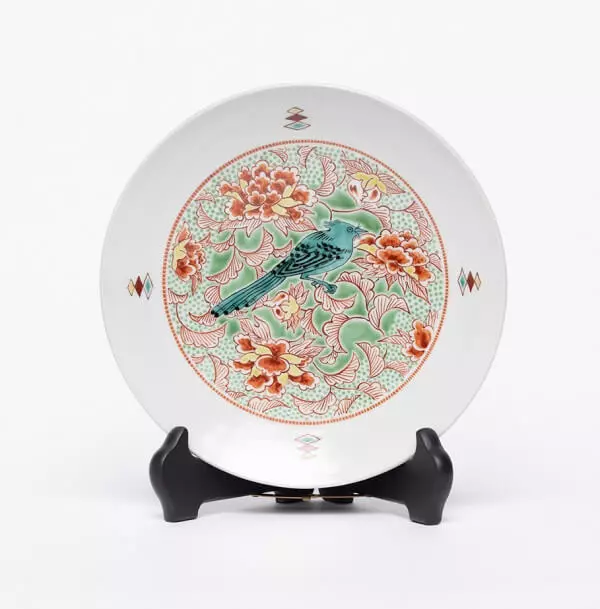
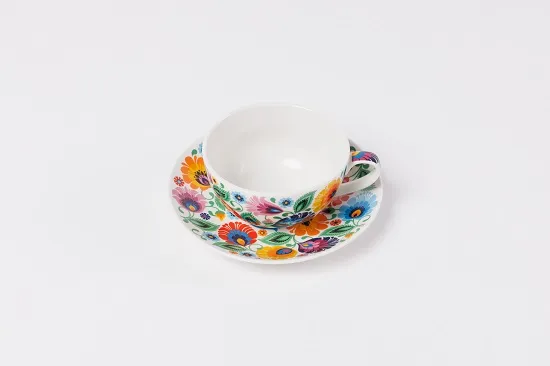
.jpg)

